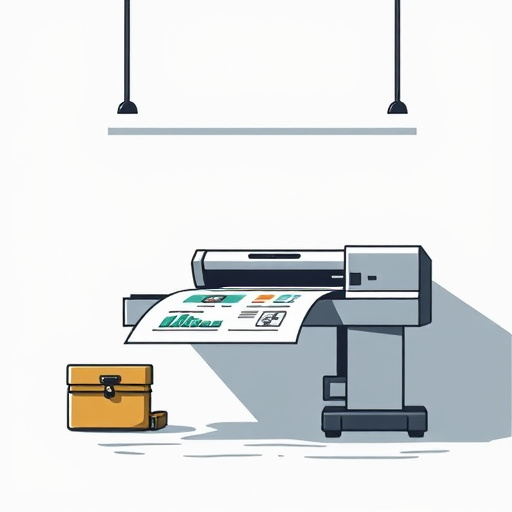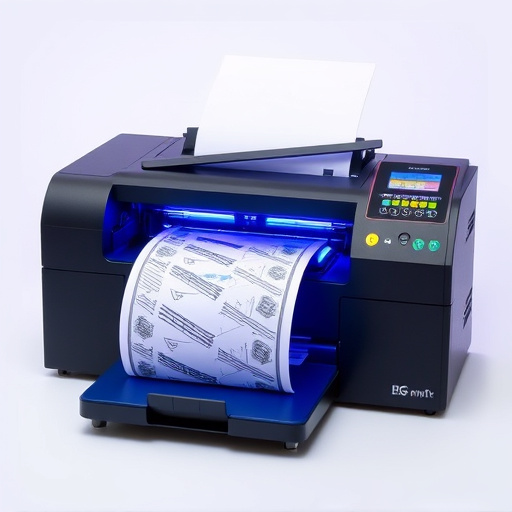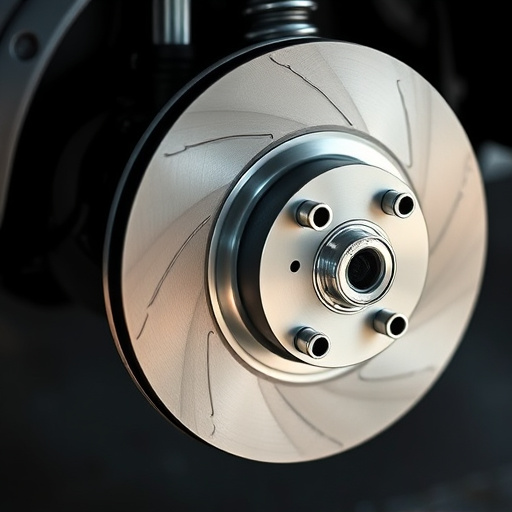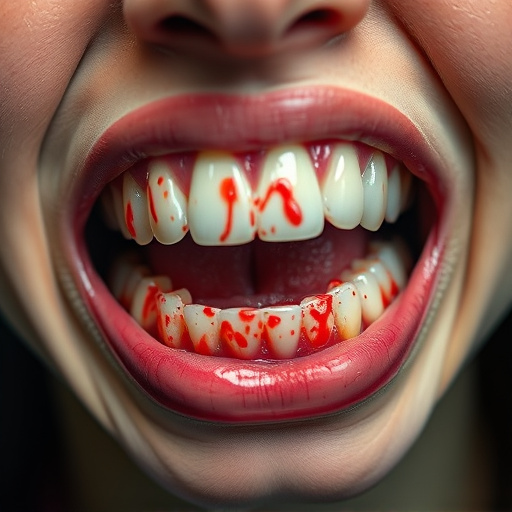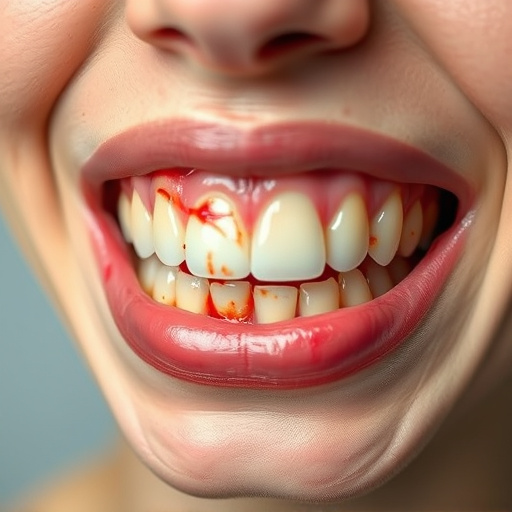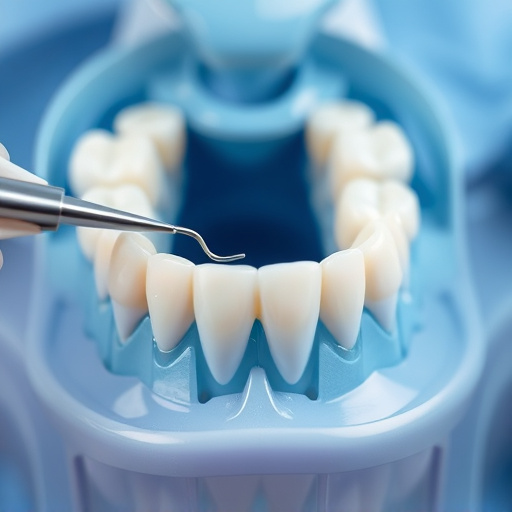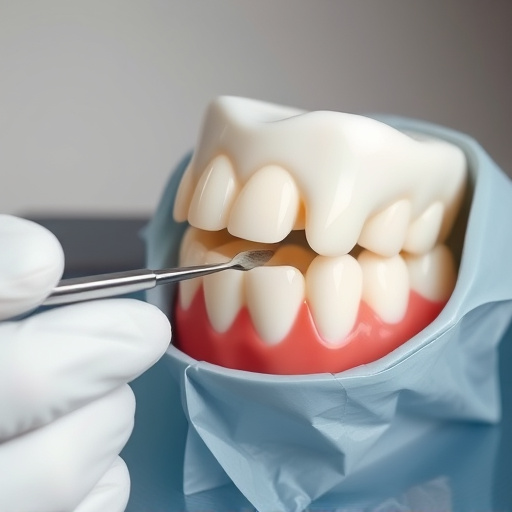CEREC (Computer-Aided Design/Computer-Aided Manufacturing) dental technology, introduced in the 1980s, has revolutionized patient care by creating personalized restorations during a single visit. Initially focusing on complex cases like crowns and bridges, CEREC now offers same-day, highly precise, and aesthetically superior treatments for various procedures, including veneers for both adults and children. Its advanced imaging techniques and material precision have enhanced speed, accuracy, and patient comfort in modern dentistry.
“Unveiling the Future of Dentistry: Exploring CEREC Dental Technology and Its Revolutionary Impact
CEREC (Computer-Aided Design/Computer-Aided Manufacturing) dental technology has emerged as a game-changer in modern dentistry, transforming traditional restorative practices. This article delves into the evolution of CEREC, from its historical beginnings to its cutting-edge advancements. We uncover how this technology revolutionizes dental care, offering improved efficiency, enhanced accuracy, and reduced treatment times. Furthermore, we explore future applications, including integration with digital dentistry, 3D printing, AI, and remote care potential, shaping a new era of global accessibility.”
- The Evolution of CEREC Technology in Dentistry
- – A historical perspective on CEREC
- – How the technology has advanced over time
The Evolution of CEREC Technology in Dentistry
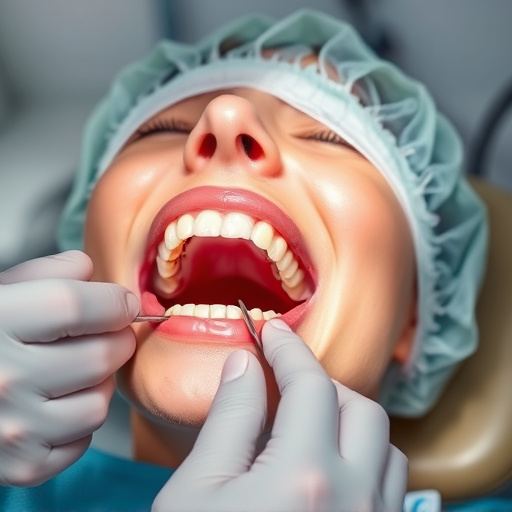
The future of dentistry has arrived with CEREC (Computer-Aided Design/Computer-Aided Manufacturing) technology, revolutionizing the way dental procedures are carried out. This innovative system has been evolving since its introduction in the 1980s, transforming both the patient experience and the capabilities of dentists. At its core, CEREC combines advanced CAD/CAM software with precise manufacturing to create customized dental solutions on-site during a single visit.
Initially focused on complex cases like crowns and bridges, CEREC technology has expanded to include simpler procedures such as dental cleanings and even wisdom tooth removal. The process starts with digital impressions taken of the patient’s teeth, which are then used to design custom restorations in a computer-aided environment. Once designed, these precise restorations are milled from high-quality materials, ensuring a perfect fit on the first attempt. This not only reduces the time required for traditional dental fillings but also enhances accuracy and esthetics, providing patients with natural-looking results that last.
– A historical perspective on CEREC
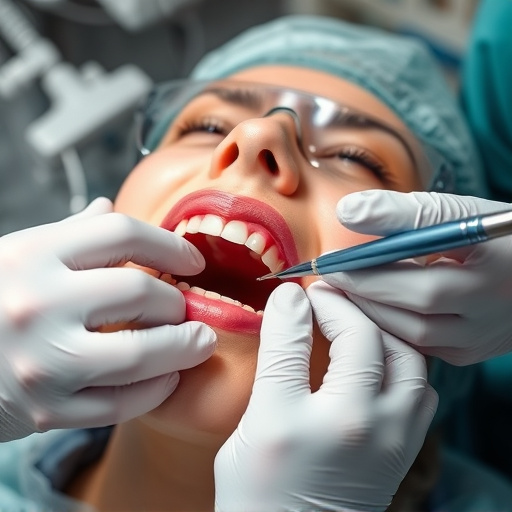
CEREC dental technology has revolutionized the way dentists practice their craft, marking a significant departure from traditional methods. The story of CEREC (Computer-Aided Design/Computer-Aided Manufacturing) in dentistry began several decades ago when researchers sought to streamline and enhance the process of creating dental restorations.
Initially conceived as a means to improve efficiency in dental labs, CEREC technology eventually found its way into dental offices, empowering dentists to provide same-day dental restorations, including crowns, bridges, and veneers. This innovative approach not only shortens appointment times but also offers higher precision and better aesthetics compared to conventional methods, making it a game-changer in the field of cosmetic dentistry. Today, CEREC dental technology continues to evolve, further enhancing the speed, accuracy, and beauty of modern teeth cleaning and dental cleanings procedures.
– How the technology has advanced over time
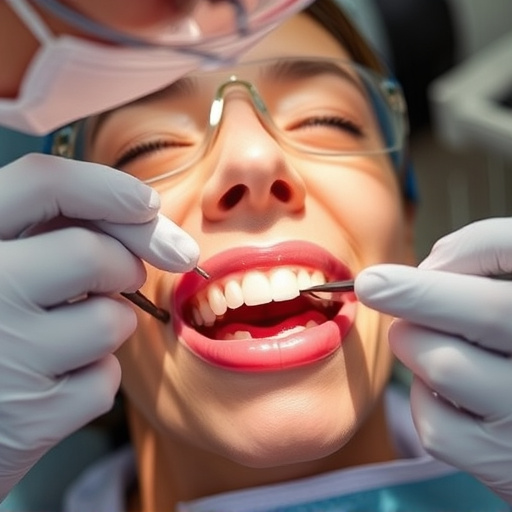
The CEREC dental technology has evolved significantly since its introduction, marking a significant shift in modern dentistry. Initially, CEREC (Computer-Aided Design/Computer-Aided Manufacturing) was primarily used for creating ceramic crowns and bridges, offering a faster and more precise alternative to traditional methods. Over time, advancements have broadened its capabilities, allowing for intricate tooth repairs, including veneers, inlays, and onlays. Today, this innovative technology streamlines various dental procedures, enhancing efficiency and patient comfort.
The journey from basic crown design and production to complex restorative work showcases the relentless progress of CEREC. Modern systems now incorporate advanced imaging techniques, such as intraoral scanners, which capture detailed 3D models of teeth and gums. This data enables dentists to create custom, fit-to-perfect restorations, eliminating the need for conventional impressions. Moreover, with continuous software upgrades, CEREC dental technology continues to cater not only to adult dentistry but also to children’s dentistry, making intricate treatments more accessible and less intimidating for younger patients, including procedures that involve dental cleanings and tooth repair.
CEREC dental technology has come a long way since its inception, marking a significant evolution in modern dentistry. By embracing this innovative system, dentists can offer faster, more precise treatments, enhancing patient experiences and outcomes. As technology continues to advance, the future of CEREC looks promising, promising even greater efficiency and versatility in oral care. This article has explored the historical growth and potential of CEREC, highlighting its role as a game-changer in dental practices worldwide.
